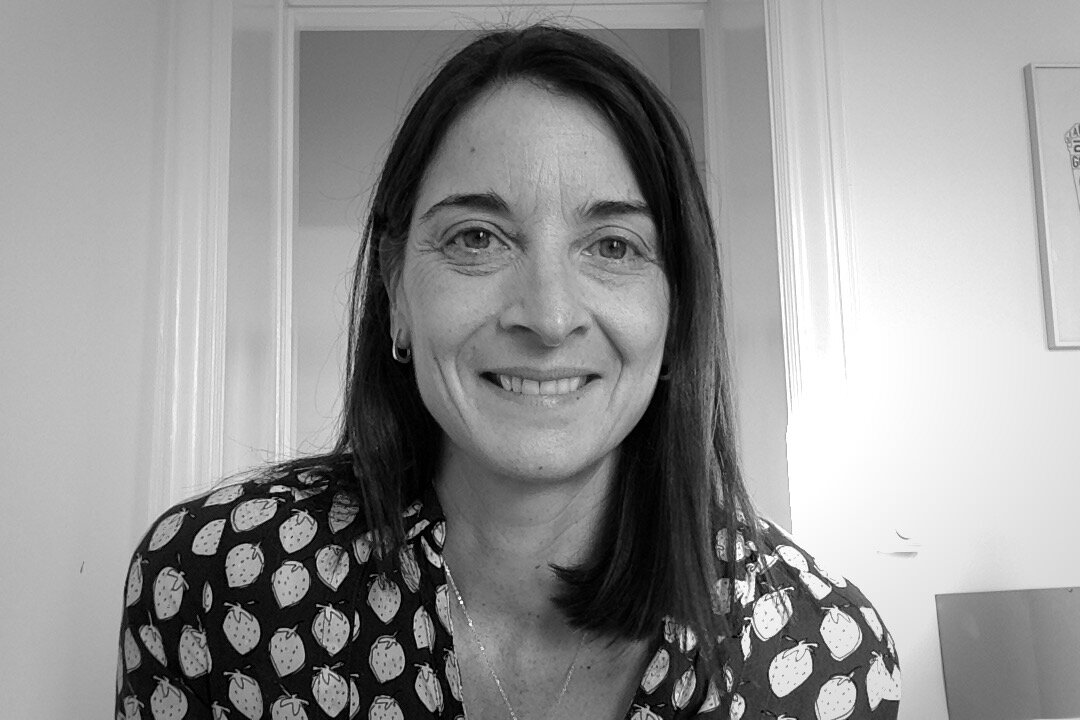AMRI researcher Maliheh Mehrshad and co-authors have recently published in Nature Communications on energy efficiency and biological interactions in deep oligotrophic groundwater. Alongside co-authors and fellow AMRI researchers Margarita Lopez-Fernandez, John Sundh, Emma Bell, Domenico Simone, Moritz Buck, Rizlan Bernier-Latmani, Stefan Bertilsson, and Mark Dopson, Mehrshad et al. was published in July of this summer, you can read it here!
A summary from first author Maliheh Mehrshad:
There are numerous fictional accounts of how man explores subterranean life. Jules Verne’s “Journey to the Center of the Earth” pictured an underground ocean and living prehistoric creatures in professor Lidenbrock’s adventure down a volcanic tunnel. But really, if we take the fiction out of the equation; what has science taught us about life below the surface?
One environment that has been probed to explore subsurface life is groundwater. Groundwater environments are extremely oligotrophic, meaning that they are very scarce in nutrients and energy to sustain life. However, recent evidence has settled the long-running debate that the deep subsurface contains active life from all domains and viruses. Studies estimate that Archaea and Bacteria have a total abundance of a staggering 5×1027cells in deep groundwater environments and represent the base of the food web. However, important ecological and evolutionary questions regarding their adaptations and mode of life remain unanswered. Microbes attuned to the low-end of the bioenergetics spectrum have specific adaptations to occupy these extremely oligotrophic environments, but we know very little about what these adaptations are.
Studying deep groundwater environments is limited by access and there are few places on earth where it is possible to assess microbial diversity and function in these ecosystems and study how they are constrained by factors such as bedrock lithology, available electron donors and acceptors, depth, and hydrological isolation from the photosynthesis-fueled surface. The fortunate presence of two disconnected access points in the same lithology of the Fennoscandian Shield bedrock provided us with a unique opportunity to understand the ecology and evolution of deep groundwater microbiome.
Our comparative genome-resolved analysis of the prokaryotic community in growndwater flowing in the Fennoscandian Shield at Äspö HRL, Sweden and Olkiluoto Island, Finland, shows that the oligotrophic deep groundwaters have a shared deep groundwater core microbiome. This means we found the same species of Archaea and Bacteria in both of these locations. This finding can provide clues to how the deep groundwater community is developing. We show that deep groundwater ecosystems foster highly diverse, yet cooperative microbial communities adapted to this setting. Our results reveal that this life survives by cooperating in mutually beneficial partnerships, such as by helping each other with compounds needed for growth. These microbes adapt to the low energy availability of the deep groundwater by growing in short bursts and then halting growth and waiting for more energy to resume their life-cycle. Our results help explain how life can survive in the deep groundwater where extremely little energy is available. We suggest that instead of a lifestyle where microbes predominantly invest in functions related to maintenance and survival, an episodic and cooperative lifestyle ensures the subsistence of the deep groundwater microbiome.

![The Long-time Orphan Protist Meringosphaera mediterranea Lohmann, 1902 [1903] is a Centrohelid Heliozoan, and other publishings from Fabien Burki et al](https://images.squarespace-cdn.com/content/v1/5bab4e38b7c92ce336502225/1622627177140-ULR9DYKMUU2AYA7VLDM7/burki+lab+image.png)





